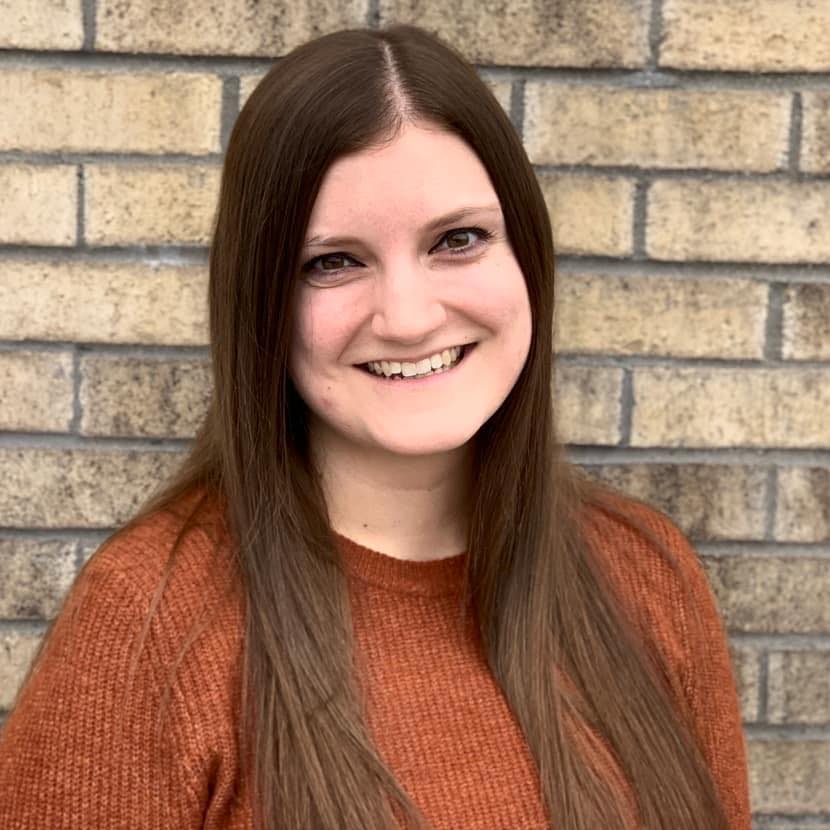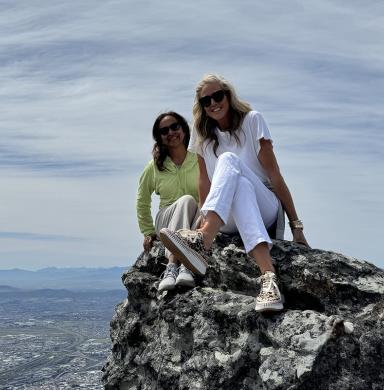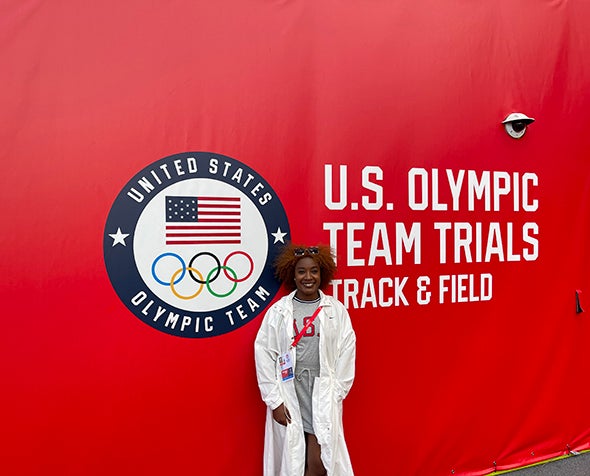Neuropsychologist Kim Gorgens Helps Rebuild Lives After TBIs
The DU professor’s work has led to improved outcomes for individuals with traumatic brain injuries, including those in the criminal justice system.

At the intersection of the complex, inner workings of the human brain and the stark realities of the criminal justice system lies the work of the University of Denver’s Kim Gorgens.
A professor in the Graduate School of Professional Psychology, Gorgens’ research has created life-changing opportunities for those impacted by traumatic brain injuries (TBIs) through a brain injury screening program based on her Colorado Brain Injury Model.
Individuals with TBIs are overrepresented in the criminal justice system. A study Gorgens conducted in 2020 found the average prevalence of TBI history among adults in Colorado jails and problem-solving courts is 54%.
The story of one former inmate that Gorgens helped to get screened and receive treatment was recently featured in People magazine.
Her interest in this complicated subject stemmed from her experiences as a graduate student working in a rehabilitation center and at a maximum-security psychiatric prison in Southern Illinois—where she saw how neuropsychology and the justice system collide.
The DU Newsroom sat down with Gorgens to learn more about the challenges she and her students face in the work they do, her passion for empowering individuals with brain injuries and how a love for horror films offers her a reprieve from the intense nature of her work.
What’s your favorite part about teaching?
There are a few students in every cohort who will have an epiphany moment, and I can never predict who they are. In my neuropsychology class, everyone will rotate through a jail-based setting—either a county jail, probation office, a halfway house—and do a neuropsych evaluation under my supervision.
There are always some students who might have been really nervous to go to a halfway house or into a jail, but then they have this moment of, “Oh my God. Did you know how much need there is in this group of people? Did you know that they don't even have psychology there? Did you know that the rate of mental illness is so high, that the rate of brain injury is so high?’
For them to feel genuinely helpful and to see the richness of the clinical work is why I do it. We think of the discipline as “fern and lamp” psychology, where it's in a sterile environment in someone's office. We open the aperture a bit, and they see that psychology is richer in all of these off-the-beaten path settings like jails, courtrooms, emergency rooms and rehab hospitals—and the psychology there is equally important.
What’s the biggest challenge you’ve faced in your research?
If you look at the scope of the need, it's easy to lose sight of the difference that you're making because of the number of people who want and need service. I get mail every day from people in the criminal legal system all around the country who really need help. So, it's probably that—it’s just feeling overwhelmed by how many people need help.
We have cohorts of 40 to 45 students at a time doing the work and a research team of 15 or 20 students. So, we're doing our absolute best and working at top capacity, but that system is so broken and needs so much help. There’s so much to do.
What’s the most rewarding part of working with individuals with brain injury as they rebuild their lives?
We use what we know about someone's history, their psychological functioning, their cognitive functioning and brain injury history, and we have a conversation with the individual in a way that promotes self-advocacy. We tell them, here's this thing you may not have known about yourself and here's what we call it, and here's what might be helpful, here are some tools or strategies—and we empower people.
For example, it's having conversations like, ‘You know what? Your memory is terrible, but here's the way that you're going to address it. You're going to have to carry a pencil, and you have to take notes if you need to remember something that someone tells you.’
It's giving people these really tangible tools to navigate their way out of the system. What I’ve found in my career, especially the work with students in these settings for the last, is that the change we see in people who are so dehumanized—who have internalized all the messages about themselves as being garbage and disposable and just altogether broken—has been really extraordinary. To encourage them to use their voice, to use the tools and ask for what they need.
We've also had really cool legislative changes in Colorado, led entirely by some of the folks who've participated as clients in our screenings in jails.
How do you unwind or recharge after working on such intense topics?
I kind of joke that, by day, I work with human brains and the cadaver brains in the biology freezer, and, at night, what I love is a zombie movie. Maybe there's a throughline there; we have a few colleagues here who are also horror-movie buffs. We get together for pizza and pay-per-view or go to the theater. It’s the least adaptive coping, but if there's a scary movie out there, I'm first in line to see it.
Do you have a recommendation or a favorite that you could share?
“Oddity.” It was surprisingly artsy and well done, with some good jump scares.
What’s one brain myth you’d love to debunk once and for all?
We talk about brain injuries like they’re the boogeyman: If you get a concussion, you're going to have dementia. The truth is, it's so much more complicated than that. A lot of us have vulnerable brains for reasons that are outside of our control—and that may offer a little bit of solace.
For most of us, that's never going to happen, and our capacity for recovery is truly extraordinary. In fact, I usually tell people that you have three or four freebies. So, the myth of having one brain injury and the wheels coming off makes it hard for people who feel symptomatic after the one brain injury—and the truth is that we recover from most injuries.





